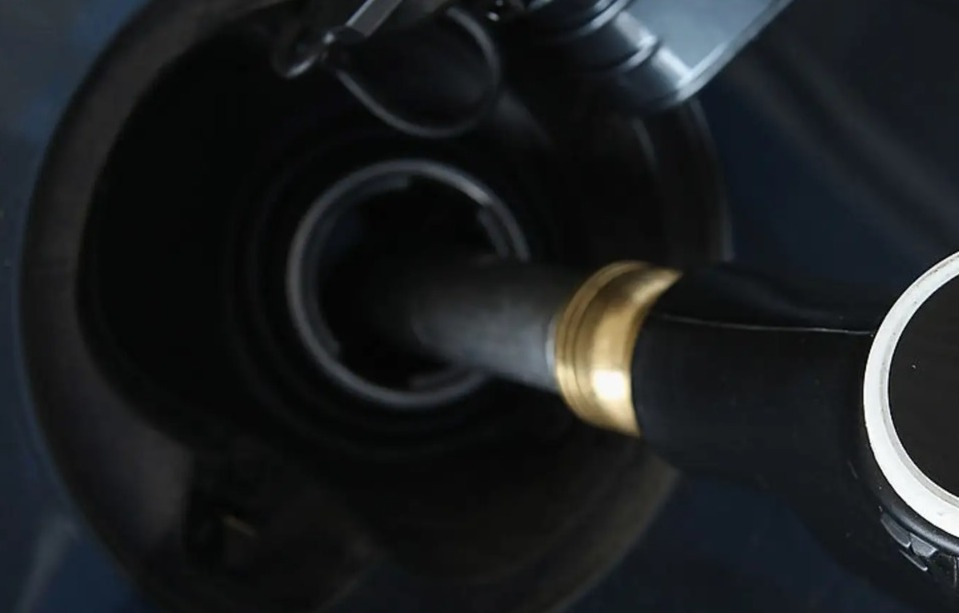
In November 2023, the average public price of Regular Gasohol cost twice the net price of Petroperú’s wholesale production, according to figures from the Ministry of Energy and Mines (Minem). The difference was made by the intermediaries, since Petroperú does not have taps.
According to the report from the General Directorate of Hydrocarbons (DGH), the net price per gallon of Regular Gasohol produced by Petroperú in November was S/8.92, but it cost the consumer, on average, S/17.14 final, an increase of 92%.
In the eleventh month of the year, the ex-plant price of a gallon of Regular Gasohol – the price at which Petroperú sells to taps – was S/13.41, due to a tax burden translated into S/0.71 by the Tax to filming (8%), S/1.16 for the Selective Consumption Tax, and S/2.61 for the VAT (18%).
From there, the Commercial margin and Costs of the Marketing Chain meant an increase of S/3.73 to S/17.14. Here, the margins are free and the values are estimated, says Osinergmin.
A similar story happened with the other wholesale fuels produced by Petroperú before reaching the public: Gasohol 84 went from S/10.99 to S/17.82; the Diesel B5 S-50, from S/12.07 to S/18.17; and LPG per kilo from S/1.94 to S/5.11.
Unlike RepsolPetroperú cannot intervene in the retail chain, since it does not have its own taps. In practice, Repsol’s prices – which also sells wholesale in La Pampilla – have never been below the Petroperú marker, so it is considered that they only keep pace with it, instead of competing directly with it.
“At the time when Petroperú had the Talara refinery stopped and the war broke out, the refining margin (difference between the cost of crude oil and refined products, discounting the cost of operating the refinery) rose from US$8 to US$40 per barrel and Repsol charged as if it were importing the products. Petroperú in that period with the refinery stopped had to import expensive products and sell them with very little margin (there was no refinery margin),” recalls Gustavo Navarro, an energy specialist.
Source: Larepublica
Alia is a professional author and journalist, working at 247 news agency. She writes on various topics from economy news to general interest pieces, providing readers with relevant and informative content. With years of experience, she brings a unique perspective and in-depth analysis to her work.












